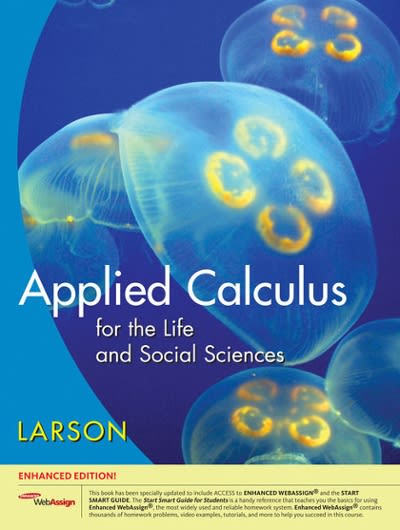Question
Two classes, w1 and w2, are to be classified using two real-valued features, x1 and x2. The two classes are equally likely to occur: p(w1)
Two classes, w1 and w2, are to be classified using two real-valued features, x1 and x2. The two classes are equally likely to occur: p(w1) = p(w2).
The joint probability density functions for the features for both classes are known to be bivariate Gaussian with the following parameters:
w1: M1 = [36] ?1 = [0.5002]
w2: M2 = [3(-2)] ?2 = [2002]
In addition, a test data set D = {d1, d2, ?, d?} has been gathered. This data set has entries of the form:
d? = (x1,?, x2,?; ?; w?) where x1,?, x2,? is the feature vector of the ??? data point, and w? is the correct class for that point.
Question:
Given the test data set
D = {(3,8; w1), (2,6; w1), (3,4; w1), (4,6; w1), (0,5; w1),
(3,0;w2), (4,4; w2), (5,1; w2), (1,5; w2), (0,1;w2)}
estimate the probability of error of the Bayesian classifier.
If the classifier were redesigned to only use feature x2, determine the new Bayesian decision boundary and re-estimate the probability of error.

Step by Step Solution
There are 3 Steps involved in it
Step: 1

Get Instant Access to Expert-Tailored Solutions
See step-by-step solutions with expert insights and AI powered tools for academic success
Step: 2

Step: 3

Ace Your Homework with AI
Get the answers you need in no time with our AI-driven, step-by-step assistance
Get Started


